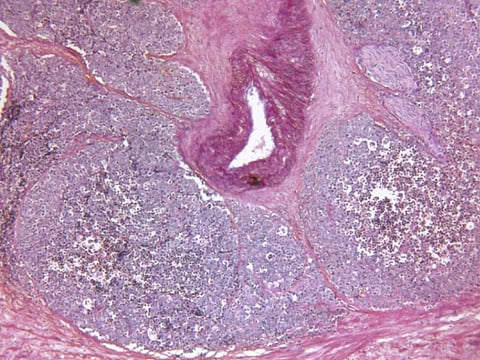MONDAY, Feb. 8, 2016 (HealthDay News) -- The effect of the 2012 U.S. Preventive Services Task Force (USPSTF) recommendations against prostate-specific antigen (PSA) screening for all men had a differential effect on urologists and primary care providers (PCPs), according to a research letter published online Feb. 8 in JAMA Internal Medicine.
Michael E. Zavaski, M.D., from Brigham and Women's Hospital in Boston, and colleagues used data from the National Ambulatory Medical Care Survey to examine use of PSA testing in 2010 and 2012. They assessed the frequency of PSA testing according to specialty (urologist or PCP) and examined the correlation between the 2012 USPSTF recommendations and changes in testing among men aged 50 to 74 years. Data were included for visits for 1,222 men who presented to urologists (9.2 percent of visits) or PCPs (90.8 percent) for a preventive care visit.
The researchers found that among PCP visits there was a decrease in the use of PSA testing from 36.5 to 16.4 percent (odds ratio, 0.43; 95 percent confidence interval, 0.23 to 0.81; P = 0.009), while the decrease among urologists was from 38.7 to 34.5 percent (odds ratio, 0.34; 95 percent confidence interval, 0.10 to 1.20; P = 0.09). During the study years, the difference between physician-specific testing practices was statistically significant.
"Moving forward, this finding emphasizes the need to continue interdisciplinary dialogue to achieve a broader consensus on prostate cancer screening," the authors write.
Full Text (subscription or payment may be required)
Editorial (subscription or payment may be required)


